Cherry blossom alongside of River Saho
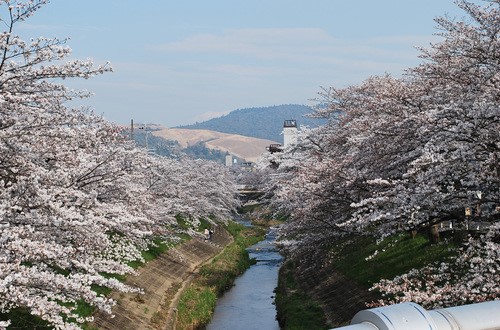
The Saho has been close to our daily life since ancient time.
It often appears in Manyo collection, or the oldest Japanese poetry compilation.
In the Edo period, local linen textile, Nara-sarashi used to be washed
with water in this river and popular with its pristine whiteness and high quality.
Now, around this time of year, rows of more than 1000 cherry blossom trees
create a magnificent view alongside the river.
Their branches stretch over pathways make you feel like walking
under cherry blossom canopies.
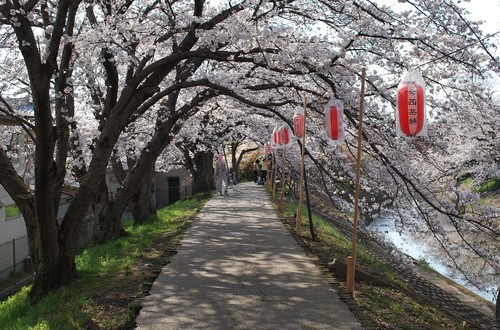
Cherry blossoms in full bloom also spread out over water and create splendid scenery.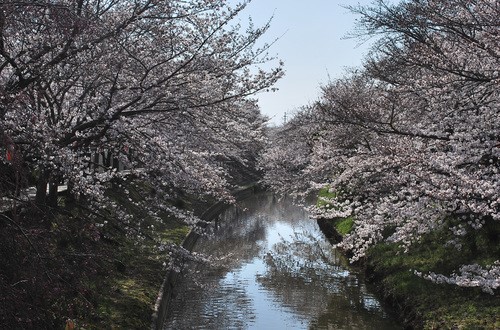
Kawaji Sakura Trees stand out among those cherry blossom trees,
that are more than 170 years old.
They were planted by Toshiakira Kawaji, a magistrate of Nara
at the end of the Edo period.
Kawaji planted more than 1000 sakura and maple trees in Nara park,
in order to improve Nara city's townscape.
It is amazing that we can still enjoy the respected magistrate,
Kawaji's Sakura Trees in full bloom today.
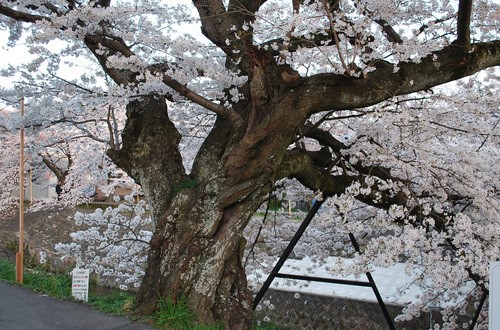
You might think of strong connection between cherry blossom and Japanese people,
while walking under massive amount of cherry blossom trees planted by people's hands.
Hanami, or flower viewing, always means cherry blossom viewing for the Japanese.
The media issues "cherry blossom forecast", blooming dates and spots
almost every day around this season.
In Kokin waka collection, a poem by Narihira Ariwara says,
"If there weren't cherry blossoms in this world,
we would keep peace of mind in spring"
Here we can imagine how ancient people were also looking forward
and deeply attached to cherry blossom blooming in Heian period
more than 1300 years ago.
Is that because Sakura represent beauty of Japan or Japanese aesthetic senses?
Cherry blossoms in full bloom are magically stunning for sure.
You might almost feel like being enveloped in cherry blossom haze.
Japanese people tend to associate cherry blossoms with pureness and transience,
which quickly fall at the zenith of their beauty.
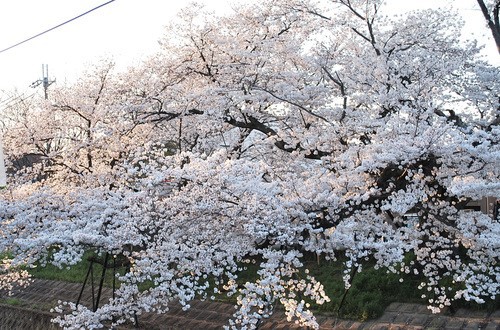
On the other hand, cherry blossom has been strongly connected
with the rice harvest culture.
Cherry blossom blooming tells the beginning of the rice farming season.
Some people say the origin of sakura viewing was a farmers' party
to pray a full harvest more than 1000 years ago.
It has been passed down the origin of Sakura name came from "Sa",
or the god of rice and "Kura" where the god stays
Japanese people believed the rice god stayed on "Kura" during Sakura in bloom
and brought a new life to planting when cherry blossoms fell.
We hope you enjoy short, yet beautiful cherry blossom season,
that is deeply connected with Japanese people's mind.
It is also nice to see petals falling on water.
Alongside Saho river, the area around the Kawaji Sakura trees has been lit up
in the evening from March 31st to April 8th.
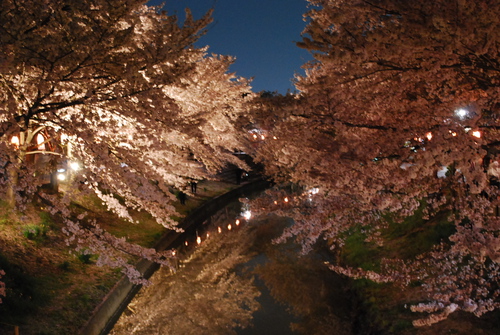
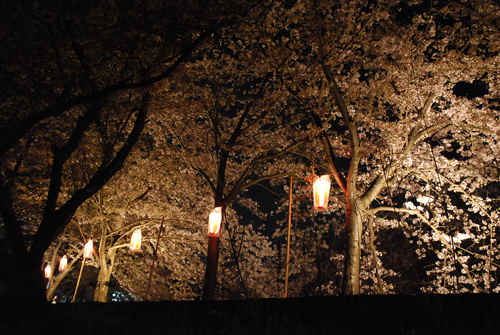
Kuruminoki shop and café are located in walking distance from the Saho,
so it could be nice to walk to the waterside before or after visiting us.
Shika no fune garden has been also coloured with a variety of Sakura blooming
like Jugatu sakura, Mame sakura and Yama sakura.
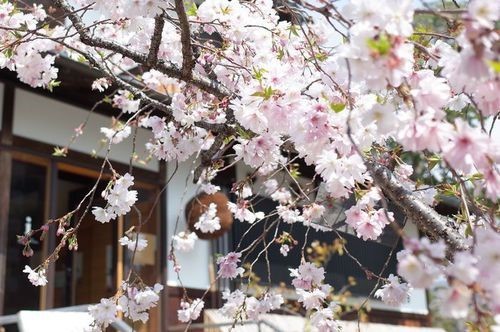
We all look forward to seeing you here while a stroll around Naramachi.